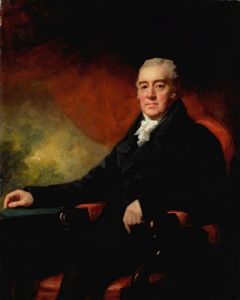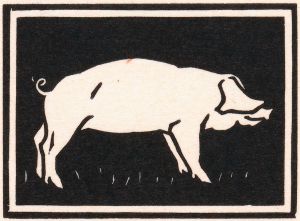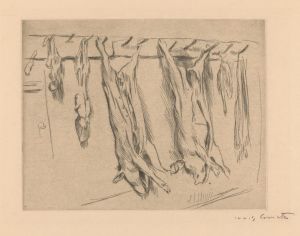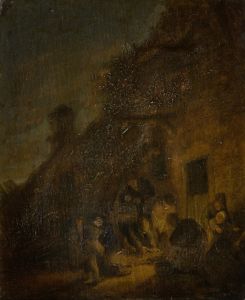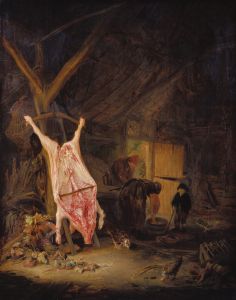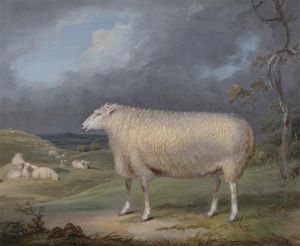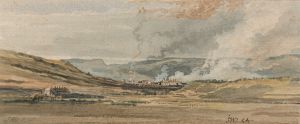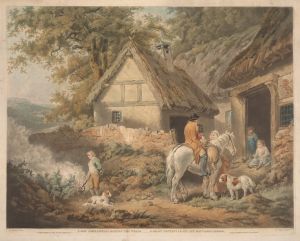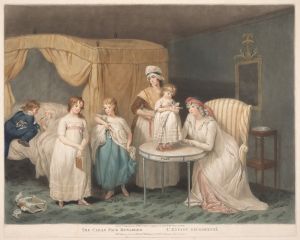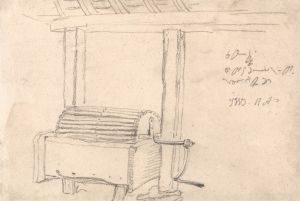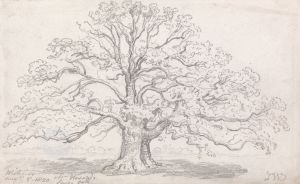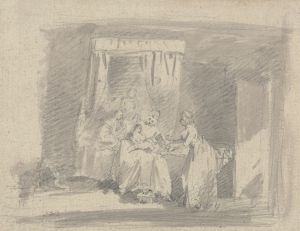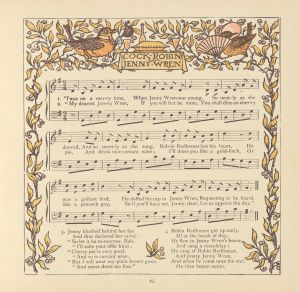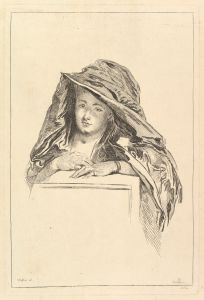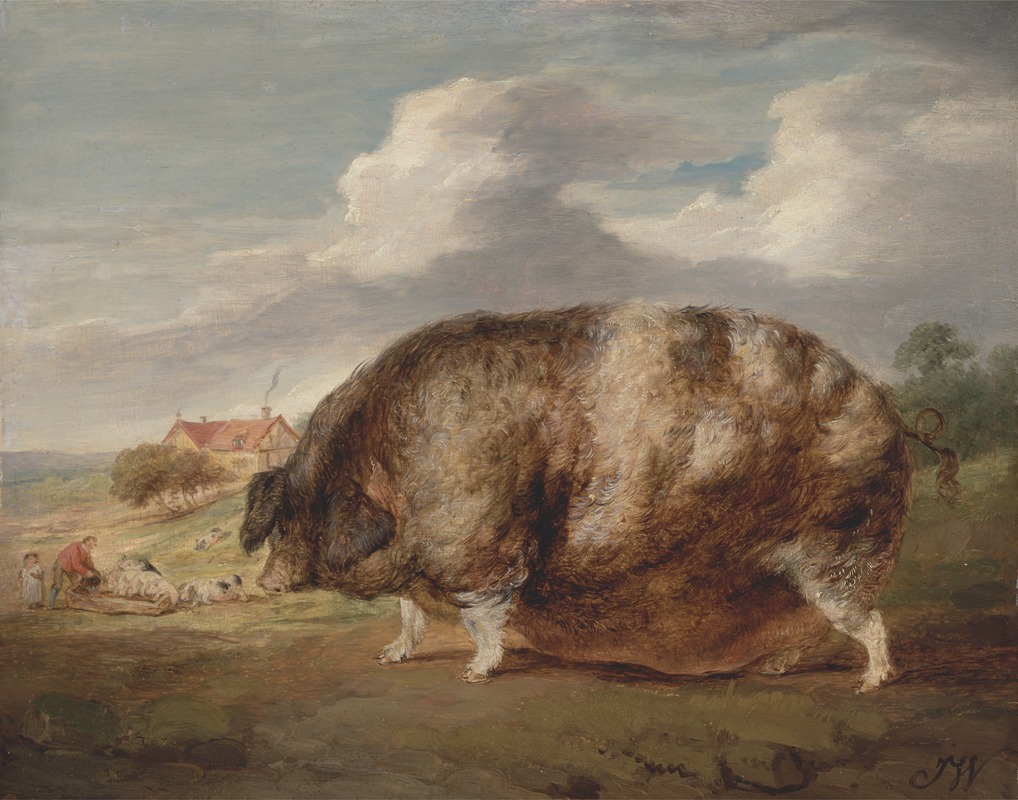
Gloucestershire Old Spot
A hand-painted replica of James Ward’s masterpiece Gloucestershire Old Spot, meticulously crafted by professional artists to capture the true essence of the original. Each piece is created with museum-quality canvas and rare mineral pigments, carefully painted by experienced artists with delicate brushstrokes and rich, layered colors to perfectly recreate the texture of the original artwork. Unlike machine-printed reproductions, this hand-painted version brings the painting to life, infused with the artist’s emotions and skill in every stroke. Whether for personal collection or home decoration, it instantly elevates the artistic atmosphere of any space.
James Ward's painting "Gloucestershire Old Spot" is a notable work that captures the essence of agricultural life in early 19th-century England. James Ward (1769–1859) was a prominent British painter and engraver, renowned for his animal paintings and landscapes. His works are celebrated for their detailed representation and vivid portrayal of rural scenes, reflecting the agricultural practices and livestock breeds of his time.
The "Gloucestershire Old Spot" painting specifically depicts the Gloucestershire Old Spot pig, a breed known for its distinctive appearance and historical significance. This breed, characterized by its white coat with black spots, has been associated with the Gloucestershire region of England for centuries. It is one of the oldest pig breeds in the world and has been traditionally valued for its hardiness and quality meat.
Ward's painting is an exemplary representation of the breed, showcasing his skill in capturing the physical characteristics and demeanor of the animal. His attention to detail is evident in the realistic depiction of the pig's texture and form, highlighting his expertise in animal anatomy and his ability to convey the essence of the subject.
The painting not only serves as an artistic representation but also as a historical document, offering insights into the agricultural practices and livestock breeding of the period. During the early 19th century, there was a growing interest in improving livestock breeds, and artists like Ward played a crucial role in documenting these developments through their work.
James Ward was part of a family of artists, and his brother, William Ward, was also a well-known engraver. James Ward's career was marked by his association with the Royal Academy, where he exhibited numerous works. His contributions to animal painting were significant, and he was considered one of the leading animal painters of his time.
The "Gloucestershire Old Spot" painting is a testament to Ward's ability to blend artistic skill with an understanding of agricultural subjects. His work not only appealed to art enthusiasts but also to those involved in agriculture, as it provided a visual record of the breeds that were integral to rural life.
Ward's paintings, including "Gloucestershire Old Spot," are part of various collections and have been exhibited in museums and galleries, reflecting their enduring appeal and historical importance. His legacy continues to influence artists and historians interested in the intersection of art and agriculture.
In summary, James Ward's "Gloucestershire Old Spot" is a significant work that captures the essence of a historic pig breed through the lens of an accomplished artist. It stands as a valuable piece of cultural heritage, offering insights into the agricultural history of England and the artistic practices of the early 19th century.





